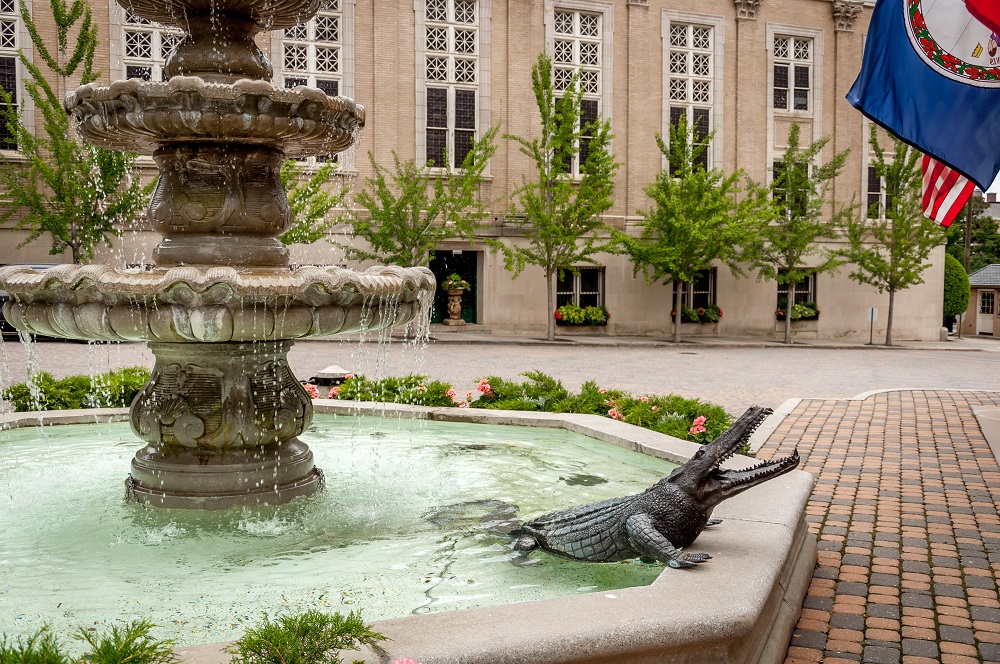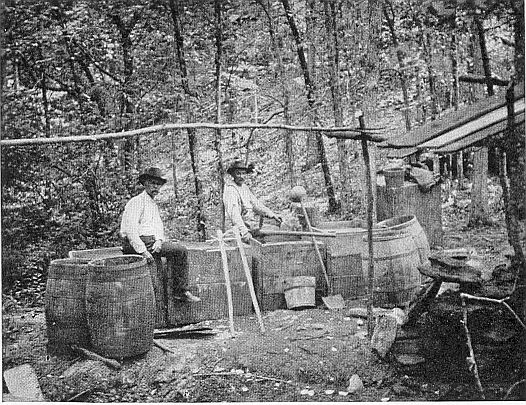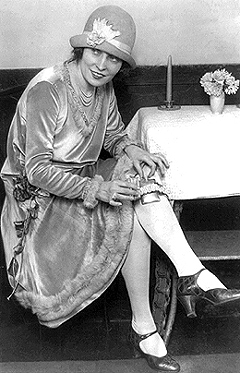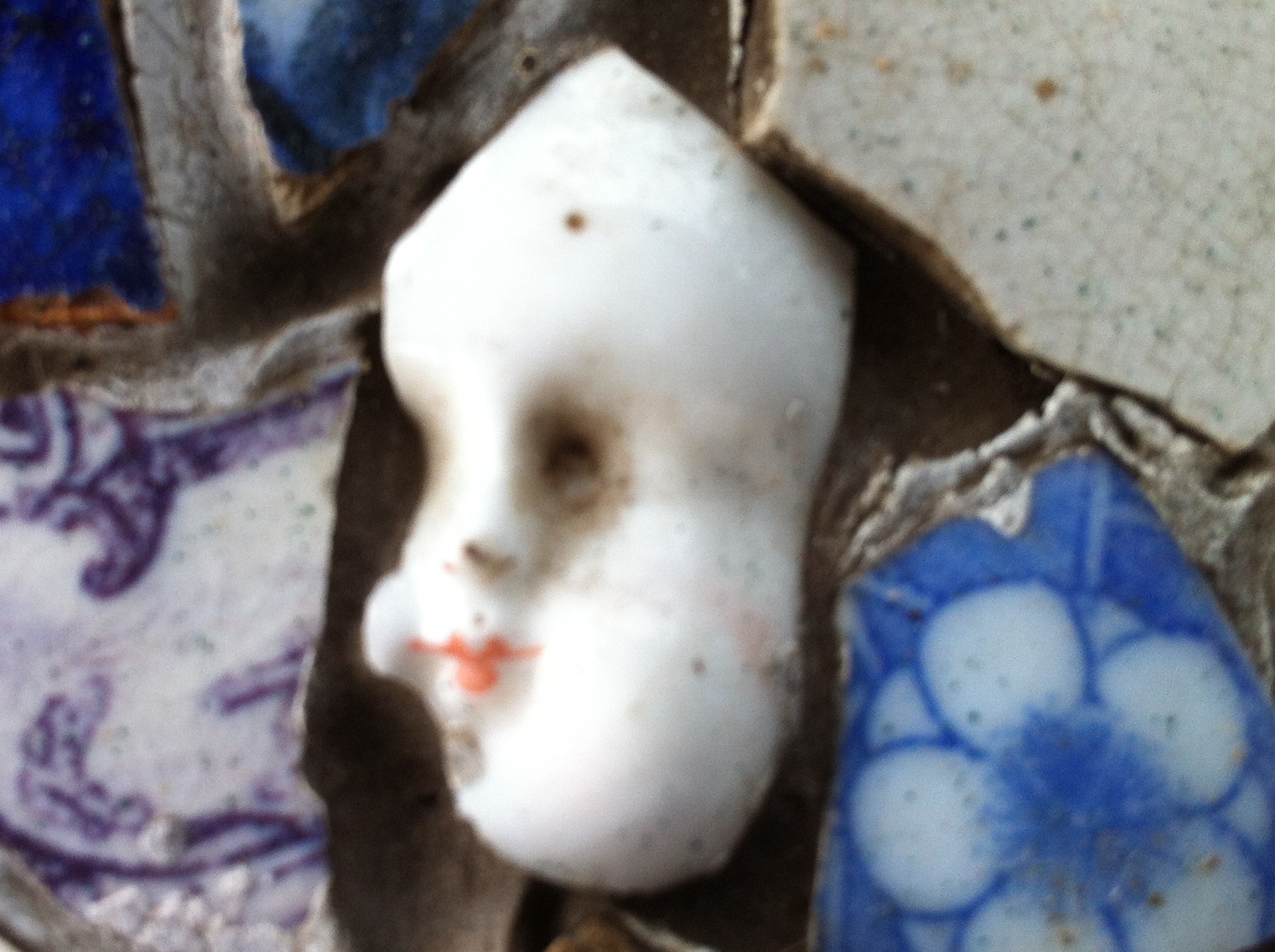The Copperfield Review is an online literary magazine connected to a publisher of Historical Fiction called Copperfield Press. An excerpted chapter from ETIQUETTE FOR RUNAWAYS appears in their Summer 2016 issue. To read the chapter, click here. ( (former title was “The Thin End of the Wedge”) more information on any of the places and things mentioned below, click on the highlighted text.

The setting of this chapter is the historic Jefferson Hotel, in Richmond, Virginia. The year is 1924.

The Jefferson was built in 1895 and is considered a fine example of the Beaux-Arts Style of architecture. In 1969, it was added to the National Register of Historic Places. In 1924, when the scene in my manuscript takes place, the Jefferson was a hub of social activity.

Live alligators lived in the marble pools of the palm court. The Jefferson website tells me that the last one, called “Old Pompey” died in 1948.

Radio helped to popularize Jazz music in the early 1920s, and live broadcasts were extremely popular. Along with the changes in fashion, the changes in popular music encouraged dancing and dance contests. Dance marathons became a thing all over the country. To watch a video of a Charleston Contest, click here.
Contests, fads, and publicity stunts—such as flagpole sitting, aeronautical shows, and beauty pageants—were tremendously popular.
But not everyone approved of the new fashions or dance steps. “Social dancing,” wrote a female evangelist in the Portland Oregonian, “is the first step toward hell. The modern dance cheapens womanhood.” (P. 41, This Fabulous Century, VolTime-Life, Books, New York, 1969.)
Of course, in 1924, Prohibition was in effect so party-goers would have brought their own bootleg liquor or moonshine to a dance at the Jefferson. I did not know until I started doing research, the difference between a bootlegger and a moonshiner. I thought the terms were interchangeable, but they’re not. A bootlegger smuggled name-brand liquor into the country to resell it illegally. A moonshiner manufactures illegal liquor.

During Prohibition, bringing liquor into public places was a challenge, but any clever flapper knew how it was done.


Chapter 8 of my manuscript tells the story of a dance contest at the Jefferson Hotel. My central character, May, is coming to Richmond from Keswick, Virginia, then over two hours away from the pulsing metropolis of Richmond. Her home, Keswick Farm, was built about 1825. It is the opening setting of the novel, and where I live now. The original inspiration for the story came from a shard of porcelain I found in the dirt here. It’s sort of spooky, isn’t it? I wondered whose doll it had been, and then I wondered about the little girl who owned it. What had her life been like at here, at Keswick Farm?
Please read the chapter, and let me know what you think.
So excited to read! I must get ready to go out but will read chapter 8 tonight!! Btw when I went to a 20’s costume party here of course I had a flask strapped to my thigh! Wcl
Sent from my iPhone
>
LikeLike
Pingback: YEAH, BABY! | liza nash taylor